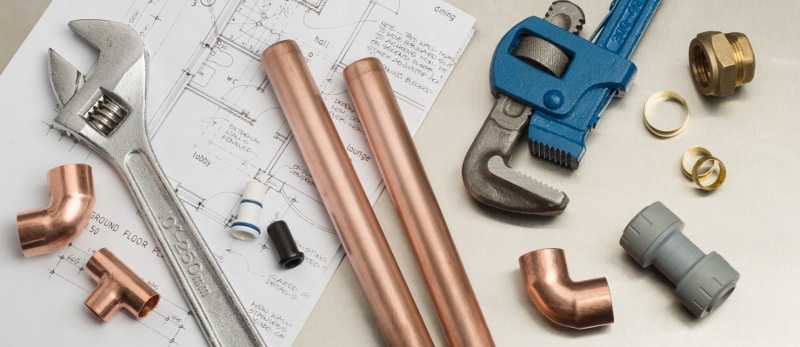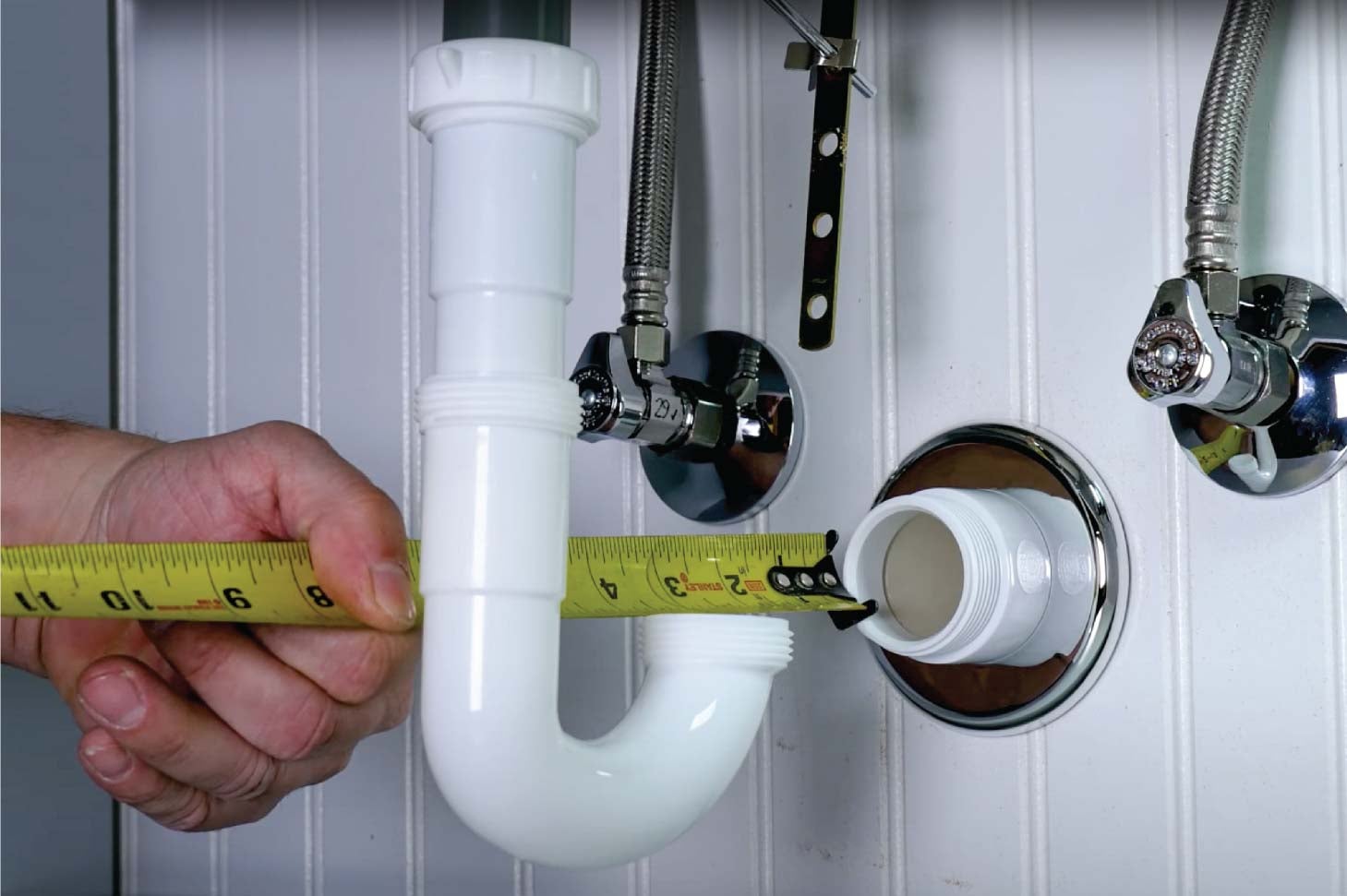Key Information About Your House's Plumbing System Anatomy
Key Information About Your House's Plumbing System Anatomy
Blog Article
We've uncovered the article involving Exploring Your Homes Plumbing Anatomy down the page on the web and thought it made sense to talk about it with you in this article.

Recognizing how your home's plumbing system functions is crucial for every single property owner. From providing clean water for drinking, food preparation, and showering to securely eliminating wastewater, a well-kept plumbing system is important for your household's health and comfort. In this extensive guide, we'll check out the complex network that comprises your home's pipes and offer ideas on upkeep, upgrades, and dealing with typical issues.
Introduction
Your home's pipes system is greater than simply a network of pipelines; it's a complicated system that ensures you have accessibility to tidy water and efficient wastewater elimination. Recognizing its parts and just how they interact can aid you protect against pricey fixings and guarantee every little thing runs efficiently.
Fundamental Components of a Plumbing System
Pipes and Tubing
At the heart of your pipes system are the pipelines and tubing that carry water throughout your home. These can be constructed from numerous products such as copper, PVC, or PEX, each with its advantages in regards to durability and cost-effectiveness.
Components: Sinks, Toilets, Showers, etc.
Components like sinks, bathrooms, showers, and bathtubs are where water is made use of in your home. Comprehending how these fixtures connect to the pipes system helps in identifying problems and preparing upgrades.
Shutoffs and Shut-off Points
Valves regulate the circulation of water in your plumbing system. Shut-off valves are critical throughout emergencies or when you need to make repairs, allowing you to isolate parts of the system without interrupting water circulation to the entire home.
Water System System
Key Water Line
The major water line connects your home to the community water or an exclusive well. It's where water enters your home and is dispersed to different components.
Water Meter and Pressure Regulatory Authority
The water meter procedures your water use, while a pressure regulator makes sure that water streams at a risk-free stress throughout your home's pipes system, protecting against damages to pipelines and components.
Cold Water vs. Hot Water Lines
Comprehending the distinction between cold water lines, which supply water straight from the main, and warm water lines, which lug warmed water from the water heater, aids in repairing and preparing for upgrades.
Drainage System
Drain Pipes Piping and Traps
Drain pipelines carry wastewater far from sinks, showers, and bathrooms to the sewage system or septic system. Traps prevent sewage system gases from entering your home and also trap debris that might create obstructions.
Ventilation Pipes
Air flow pipelines permit air into the drainage system, stopping suction that can reduce water drainage and cause traps to empty. Appropriate air flow is important for preserving the honesty of your pipes system.
Significance of Proper Drain
Making sure proper water drainage stops backups and water damage. Frequently cleaning drains and maintaining traps can protect against expensive fixings and extend the life of your plumbing system.
Water Heating System
Kinds Of Water Heaters
Water heaters can be tankless or typical tank-style. Tankless heating systems warm water on demand, while storage tanks store warmed water for immediate usage.
Exactly How Water Heaters Link to the Plumbing System
Recognizing how hot water heater link to both the cold water supply and warm water circulation lines assists in identifying concerns like not enough hot water or leakages.
Maintenance Tips for Water Heaters
Consistently purging your hot water heater to get rid of debris, inspecting the temperature setups, and evaluating for leaks can prolong its lifespan and enhance power efficiency.
Typical Pipes Problems
Leakages and Their Reasons
Leaks can happen because of maturing pipelines, loose installations, or high water stress. Resolving leaks immediately prevents water damages and mold development.
Blockages and Clogs
Obstructions in drains and commodes are often brought on by purging non-flushable products or a buildup of grease and hair. Using drainpipe screens and bearing in mind what goes down your drains pipes can protect against obstructions.
Indications of Pipes Troubles to Look For
Low water stress, slow drains, foul odors, or abnormally high water expenses are signs of potential pipes issues that should be dealt with quickly.
Pipes Maintenance Tips
Routine Evaluations and Checks
Set up annual pipes assessments to catch issues early. Search for indications of leakages, rust, or mineral accumulation in taps and showerheads.
Do It Yourself Maintenance Tasks
Straightforward tasks like cleansing faucet aerators, checking for bathroom leakages using color tablets, or protecting revealed pipes in cool environments can avoid significant plumbing issues.
When to Call an Expert Plumbing
Know when a pipes issue calls for specialist expertise. Trying complicated repair work without correct expertise can result in even more damage and greater repair work prices.
Upgrading Your Plumbing System
Factors for Updating
Upgrading to water-efficient fixtures or replacing old pipelines can improve water high quality, minimize water costs, and increase the value of your home.
Modern Plumbing Technologies and Their Benefits
Check out modern technologies like smart leak detectors, water-saving commodes, and energy-efficient hot water heater that can conserve cash and reduce environmental influence.
Cost Factors To Consider and ROI
Determine the in advance prices versus long-lasting financial savings when considering plumbing upgrades. Lots of upgrades spend for themselves through reduced utility costs and less repairs.
Environmental Impact and Conservation
Water-Saving Components and Devices
Installing low-flow taps, showerheads, and toilets can considerably decrease water usage without sacrificing performance.
Tips for Decreasing Water Usage
Simple habits like repairing leakages without delay, taking shorter showers, and running full loads of laundry and meals can save water and lower your utility bills.
Eco-Friendly Pipes Options
Take into consideration lasting pipes materials like bamboo for floor covering, which is durable and eco-friendly, or recycled glass for countertops.
Emergency Readiness
Actions to Take Throughout a Plumbing Emergency
Know where your shut-off valves are located and just how to shut off the water system in case of a burst pipeline or significant leakage.
Importance of Having Emergency Situation Get In Touches With Useful
Keep contact details for local plumbing technicians or emergency situation solutions easily available for fast action during a plumbing dilemma.
Do It Yourself Emergency Fixes (When Appropriate).
Temporary solutions like using duct tape to patch a leaking pipeline or placing a container under a dripping faucet can decrease damage until a professional plumbing technician gets here.
Final thought.
Comprehending the composition of your home's plumbing system empowers you to maintain it successfully, saving money and time on repair work. By adhering to routine upkeep routines and staying educated about modern-day plumbing modern technologies, you can ensure your pipes system runs efficiently for several years ahead.
Exploring Your Homes Plumbing Anatomy
Water Supply System
Main Water Line: This is where water enters your home from the municipal supply or a private well.
Water Meter: Typically located near where the main water line enters the property, it measures the amount of water used.
Shutoff Valve: It s crucial to know where this is in case of emergencies. It allows you to turn off the water supply to the entire house.
Pipes and Fittings: These distribute water throughout your home. Materials can include copper, PVC, or PEX.
Drain-Waste-Vent (DWV) System
Drains: Located in sinks, showers, and tubs, these carry wastewater away.
Traps: U-shaped pipes under sinks that hold standing water, blocking sewer gases from entering the home.
Vents: Pipes that lead from the DWV system to the outside, preventing vacuum formation and allowing gases to escape.
Sewer Line: Carries all wastewater from the home to the municipal sewer system or a septic tank.
Fixtures and Appliances
Sinks, Toilets, and Showers
Dishwashers and Washing Machines
Water Heaters
Maintenance Tips
Regularly check for leaks in exposed pipes and around fixtures.
Inspect the water heater annually for signs of wear.
Clean drains and traps to prevent clogs and odors.
Know how to shut off water to individual fixtures.
When to Call a Professional
Major leaks or burst pipes
Installation of new pipes or fixtures
Septic tank issues
Remodeling projects that involve plumbing changes
Conclusion
Understanding the anatomy of your home's plumbing is key to maintaining a functional and efficient system. Regular checks and knowing when to call in the experts can save you time, money, and stress.
https://www.mavyn.com/blog/exploring-your-homes-plumbing-anatomy

Exploring Your Homes Plumbing Anatomy
Water Supply System
Drain-Waste-Vent (DWV) System
Fixtures and Appliances
Maintenance Tips
When to Call a Professional
Conclusion
Understanding the anatomy of your home's plumbing is key to maintaining a functional and efficient system. Regular checks and knowing when to call in the experts can save you time, money, and stress.
https://www.mavyn.com/blog/exploring-your-homes-plumbing-anatomy
Do you really like reading about Anatomy of a House: Understanding the Components? Put feedback down the page. We'd be pleased to hear your opinions about this blog posting. We hope that you come back again before long. In case you enjoyed our blog posting please don't forget to pass it around. Thanks so much for taking the time to read it.
Schedule Service Now Report this page